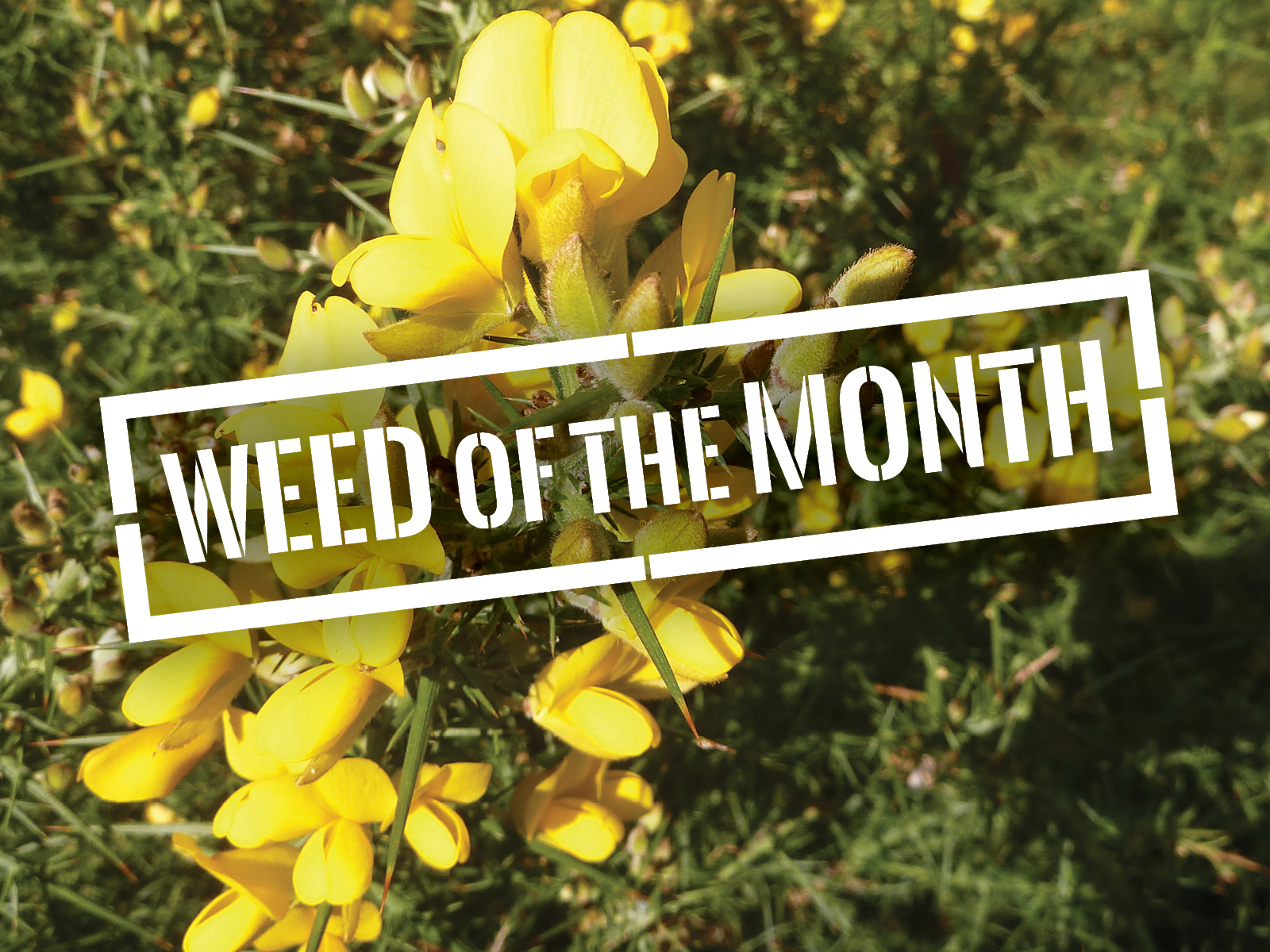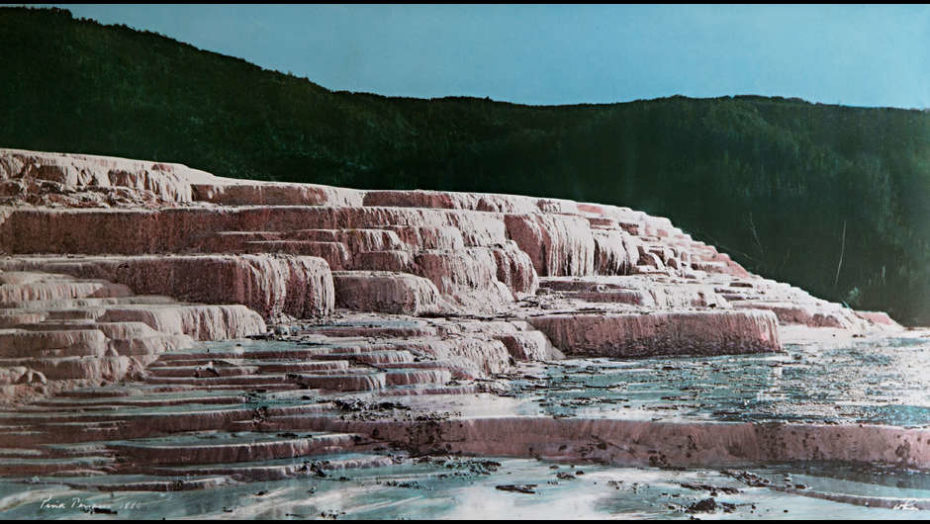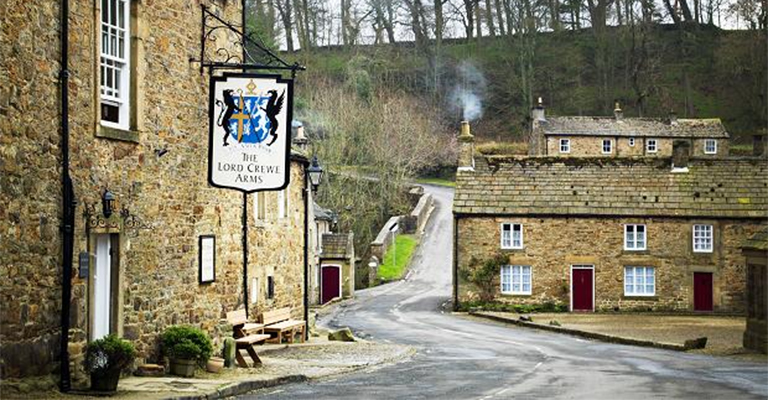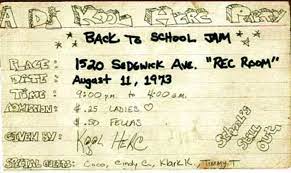“Then Herod, when he saw that he was mocked of the wise men, was exceeding wroth, and sent forth, and slew all the children that were in Bethlehem, and in all the coasts thereof, from two years old and under, according to the time which he had diligently enquired of the wise men.” Matthew 2;16
 The Israeli Army discovered a cache of weapons behind an MRI Machine in the Al-Shifa Hospital. Unless they were plastic, nobody in their right mind would place weapons anyway near an MRI machine. Salting the mine is a well-known trick.
The Israeli Army discovered a cache of weapons behind an MRI Machine in the Al-Shifa Hospital. Unless they were plastic, nobody in their right mind would place weapons anyway near an MRI machine. Salting the mine is a well-known trick.
And of course the Israel Defence force would discover a shaft under the hospital, but who dug it? Actually, the shaft opening reminds me of one of those mine shafts in the gem fields of Central Queensland, into which I was once lowered on a makeshift lift, a glorified tin can, to the mineral face. There was a passage leading away. Here the miners were fossicking for sapphires.
Without discovering a shaft, the word “war criminal” comes to mind for Netanyahu and his buddies. Also, the American Intelligence backing the Israeli supposedly provides proof. What proof? I would have thought that it would be easier to use technology such as the synchronized electromagnetic gradiometer which uses the enhanced conductivity associated with tunnels, as compared to the surrounding medium, to detect the tunnels. I am sure that to terrify children and stomp around a hospital looking for Hamas shadows is much more exciting to the Israeli onlookers dressed in black. Especially if one can incite a shoot-out. Good television – paediatric massacre.
The Washington Post recently reported that in December 2021, Israel’s military said a high-tech upgrade to the barrier that had long surrounded the Gaza Strip would protect nearby Israeli residents from the threat of violence from militants. It cost a billion US dollars. The Hamas have shown how vulnerable the wall was, while at the same time catching the Israeli defence forces napping.
I have written enough. I am sick of the apologias for this Israeli pogrom; the attempt to intellectualise what is just murder of thousands of children and keep invoking the destruction of Hamas being the ultimate aim whereas it was, as I speculated earlier, the genocide of the whole Gazans. What does the arithmetic of hostage mean. The damage has been done. Shame on all of us!
Gorse, I’m Right
 It is a wonder the Tasmanian Government in all their gallows humour has not replaced the Tasmanian blue gum with gorse as its floral emblem, since the onward march of this yellow Caledonian curse across the landscape seems to be unstoppable. Tasmania has tried a number of methods of eradication. One has been burning but burning gorse just helps germinate the seed and accelerate the spread, while leaving an unsightly blackened scene.
It is a wonder the Tasmanian Government in all their gallows humour has not replaced the Tasmanian blue gum with gorse as its floral emblem, since the onward march of this yellow Caledonian curse across the landscape seems to be unstoppable. Tasmania has tried a number of methods of eradication. One has been burning but burning gorse just helps germinate the seed and accelerate the spread, while leaving an unsightly blackened scene.
Irish women may have used gorse to make a yellow dye similar to saffron from its flowers, but that is of little consolation to us Australians. Gorse presence greatly reduces land value. The plant is unpalatable to cattle and sheep. Horses will eat new growth while goats will eat mature plants. Gorse is a significant haven for vermin. There is a range of herbicides but they are costly and must be applied with a degree of skill. I cannot believe that such skill being applied at regular intervals of time along the road from Zeehan to Strahan where the gorse is advancing and has reached the Henty River would not arrest the advance. This is the land of temperate rain forest, where sections still remain pristine, but for not much longer unless the Government fights the yellow peril.
 The solution is to have a permanent flock of goats. Goats are everywhere in Australia, and it has been shown that feral goats can become trained as a useful flock when it comes to eating gorse. The comment that once the goats are removed, the gorse returns has a simple solution – keep on with the goats. The missing part is government funding for the goatherds, and of course the goats. Of gorse!
The solution is to have a permanent flock of goats. Goats are everywhere in Australia, and it has been shown that feral goats can become trained as a useful flock when it comes to eating gorse. The comment that once the goats are removed, the gorse returns has a simple solution – keep on with the goats. The missing part is government funding for the goatherds, and of course the goats. Of gorse!
We live on a Planet with a Volcanic Temper
If nothing else, the past few days have brought home a stark reality: The sleeping giant is very much awake. A network of volcanic fissures extends right into the suburbs of Reykjavík. What this bodes, no one knows. One thing is certain: The forces shaking my kitchen, shaking the foundations of so many small and brittle lives, are far beyond our control. – Aldo Sigmundsdottir, The Washington Post
Iceland is up to its old tricks again. Iceland, despite is name, does not intrude across the Arctic circle and although one correspondent diminished Grindavik as nothing more than an undistinguished fishing village, volcanic activity excites everybody. In any event magma building up beneath Iceland may break through the surface into a volcanic eruption, sending lava flows toward the Blue Lagoon, the Svartsengi geothermal power plant, as well as Grindavík. But it seems to be spreading across the whole Reykjavík Peninsula.

Having enjoyed the intensely pale blue lagoon with steam rising into the air, I realise that, located where it was in a cooled lava field, it is inevitable its existence will be threatened at some point when the Earth decides to move. This area has lain dormant for 800 years, but the eruption of Eyjafjallajökull, a volcano completely covered by an ice cap in 2010, caused no loss of life but considerable inconvenience for planes with its dense high ash plume rising to nine kilometres into the atmosphere.
Years later, it resumed a less active state so I could drive around it on my way south; its recent activity was denoted by a wisp of smoke.
I have written extensively in an earlier blog about my visit to Iceland in 2013. Now, hearing that the Blue Lagoon is in danger, it would be a great pity if such a beautiful tourist attraction is destroyed by the lava flow, but that is how Nature functions.

I have always been fascinated by the descriptions of the Pink and White terraces – these natural silica terraces beside Lake Rotomahana, where Victorian New Zealanders would come to bathe in the silica rich waters. The description of them always emphasised not only their beauty, but their uniqueness – some called them the eighth wonder of the World. Unfortunately, in 1886, Mount Tarawera erupted and destroyed the Terraces. Yet one is not allowed to accuse Nature of vandalism!
The other area which I know well is the Western District of Victoria. This area of Victoria was home to at least 400 short-lived basaltic volcanoes that erupted in geologically recent times (last 4.5 million years ago). Iceland by comparison has 33 active volcanos.
The largest of the Victorian volcanos is known as Tower Hill, which remains as a caldera, through which one can drive. On its sides are very rich basalt soils, in which potatoes are grown by the Koroit community under the extinct volcano. The past intense volcanic activity is also indicated by the stony rises and progressive movement of basalt rock to the Southern Ocean, on the shores of which blocks of basalt remain as sentinel of past volcanic activity. In that time, Western Victoria must have resembled one representation of Dante’s Inferno.
Putting it all in perspective, around the planet there have been 30 major volcanic eruptions this century at the rate of about one a year. The biggest volcanic eruption was Hunga Tonga-Hunga Ha’apai near Tonga in 2022. This had the same volcano eruption index (VEI) of 5 – the same power – as the Vesuvial eruption of BCE 79 which destroyed Pompeii. The only other comparable volcanic eruption (also measuring 5) was in the Southern Chilean Andes, the Cordon Caulle. This happened in 2011. The ash cloud reached as far as Melbourne, but there were no known casualties.
Those which caused the greatest loss of life were one in Guatemala and the other Anak Krakatoa in the Sunda Strait, which exploded leaving a caldera and a massive tidal wave which affected both Java and Sumatra.
On each occasion about 500 people were killed, with many more injured, with associated destruction of infrastructure.
Volcanic eruptions always attract attention, but when it is in Iceland, they always seem to occupy central stage.
Blanchland
I have never written about one of the most fascinating places we stayed some years ago. This was Blanchland Village, nestling under the Northern Pennines. It can be succinctly described as this: Blanchland is a village on the Northumberland/County Durham border which grew out of the foundation of an abbey in 1165. It was bought by the Bishop of Durham, Nathaniel Lord Crewe, in 1708 and on his death in 1721 Blanchland became part of a charitable trust established in his will. Here we stayed in what has been described as one of the prettiest villages in England. I thought the stone buildings drab, but we were lodged in a very comfortable apartment opposite the main accommodation at the Lord Crewe Hotel. The hotel we remember had a massive fireplace and it was where we ate most meals. Kippers were on the menu – I love them, but others don’t.

I learnt that Earl Grey Tea originally came from Northumberland and being already the tea I mostly drank, it was interesting to find its wellspring.
The other traditional drink which always seems to be associated with mediaeval retreats is mead. Cider yes, perry yes; mead definite no!
We hiked up the hill every morning. Here there were the heather-covered moors of these Northern Pennines. We came across the remains of the ancient silver mine. As reported, silver was being extracted from North Pennine ores on a significant scale during the medieval period, as was lead. Throughout many centuries of mining activity, a constant by-product of the processing and smelting of lead ores was silver.
From the report, it is further estimated that the mines produced a total of over two million ounces of silver between 1130 and 1200 here near Blanchland. As such this was an important mine for silver in the medieval period. It is considered that the minting of this silver may have contributed to a doubling of English silver currency between 1158 and 1180. However, it seems certain that this was a time when mining expanded rapidly within the ore field and was then the most productive source of mined silver in England.
In one corner there was a small dell which had been cordoned off to protect the remnant of an ancient wood. It was one of those leafy areas which you imagine form the backgrounds in multiple children’s books. The problem with the maintenance of such areas is that they are incompatible with sheep farming which is allowed on the moor.
We were lucky to be on the moors in summer, but even then it is desolate, although I enjoy the openness of the various moors and the selective isolation. What I mean by that is it is great to be able to walk the moors in summer with the aim of getting to know oneself; but try winter, slogging through the snow while composing soliloquys for one’s isolated lost soul. Not quite the same.
We were staying at the foot of the moors, and one of the days, I remember trudging up the hill and encountering a farmer who was backing his tractor onto the track. For some reason, we got talking and he revealed that he had invented the green plastic method of wrapping and waterproofing the large round bales of hay. It is interesting that small advances in the human condition remain in the brain.
Blanchland was one of those villages which, until you stop to look around and find the unusual, you may just remark that it was pretty. But its history tells otherwise that it is not just a pretty facade.
It’s a Long Way from Darjeeling
You can never count one’s number of buffaloes until they are captured. I thought it to be relevant adaption to the sub-continent of the old adage about counting chickens before they are hatched.
Cricket’s World Cup is the four-year tournament attracting the best ten teams from around the planet to play each other in the 50 overs a side match. This means a drawn-out spectacle with matches held all over India on this occasion. The Indian side were unbeaten coming into the final, which was scheduled to be held in Narendra Modi Stadium in Ahmedabad, the capital of Gujarat state whence Modi emerged. The stadium holds 132,000 people and is the largest in the World. The Indians were leaving nothing to chance as the curator would have had the opportunity to make a pitch friendly to the hosts. Umpires may be neutral, but curators are not.
But they lost – no, not beaten by a better team; India choked. Really?
This country always has high expectations of our sporting teams, but when they fail, the tall poppy syndrome kicks in. The higher the expectation, the intensity of the tall poppy syndrome when the particular team or individual fails.
Now the Australian cricket team has reached its zenith. Zeniths are generally not plateaux; but Australian cricket has shown remarkable ability to do just that.
Australians have had tough relentless cricket captains since Kim Hughes’ term ended in blubbering. That image was understandable given the times, but from Alan Border on, the Australian team was often ugly, graceless in maintaining its superiority until Steve Smith’s tearful response to cheating and being found out in South Africa.
 Tim Paine, for an excellent underrated wicketkeeper, did the best he could. However, Pat Cummins, the current captain and a great fast bowler who can bat, has shown a resilience and yet a sense of fair play. When the Poms accused the Australians of cheating when they had had enough of the sly Bairstow and ran him out, Pat Cummins weathered the storm. His resilience was sorely tested, but with his unfailing smile, often steely, he represents the myth of the traditional Australian.
Tim Paine, for an excellent underrated wicketkeeper, did the best he could. However, Pat Cummins, the current captain and a great fast bowler who can bat, has shown a resilience and yet a sense of fair play. When the Poms accused the Australians of cheating when they had had enough of the sly Bairstow and ran him out, Pat Cummins weathered the storm. His resilience was sorely tested, but with his unfailing smile, often steely, he represents the myth of the traditional Australian.
How he handles his retirement will confirm that myth, not that I believe that is tomorrow, even though fast bowling is not the most natural use of one’s body. Nevertheless, enjoy the unexpected win; even Modi, who was watching the loss, waved in acknowledgement to the Australians despite his stony expression.
Mouse Whisper
You would think a mouse would warm to hip-hop, but I’m inclined to agree with the sarcastic comment about this art form “Promoting drug dealing and degrading women. Good stuff.”
It was invented, if that is the word, in the Bronx in 1973 – 1520 Sedgewick Avenue to be precise, when some dude call D J Cool Herc, started syncopated chanting to the kids dancing at his sister’s break up party while scratching and otherwise mutilating the record. The chanting was called “rapping”. Thus, the egg was cracked and this reptilian music emerged.
Some hip-hop enthusiast in Boston forsees 2024 as “a rap scene full of more elite talent, star power, and diversity than ever before, whether we’re talking about Bia, Cousin Stizz, Oompa, Termanology, Dutch ReBelle, Millyz, Latrell James, STL GLD, Cliff Notez, Najee Janey, Avenue, Bori Rock, Brandie Blayze, Red Shaydez, or Van Buren.”
Bewdy! Lots of “Z’s”. Can’t wait.

